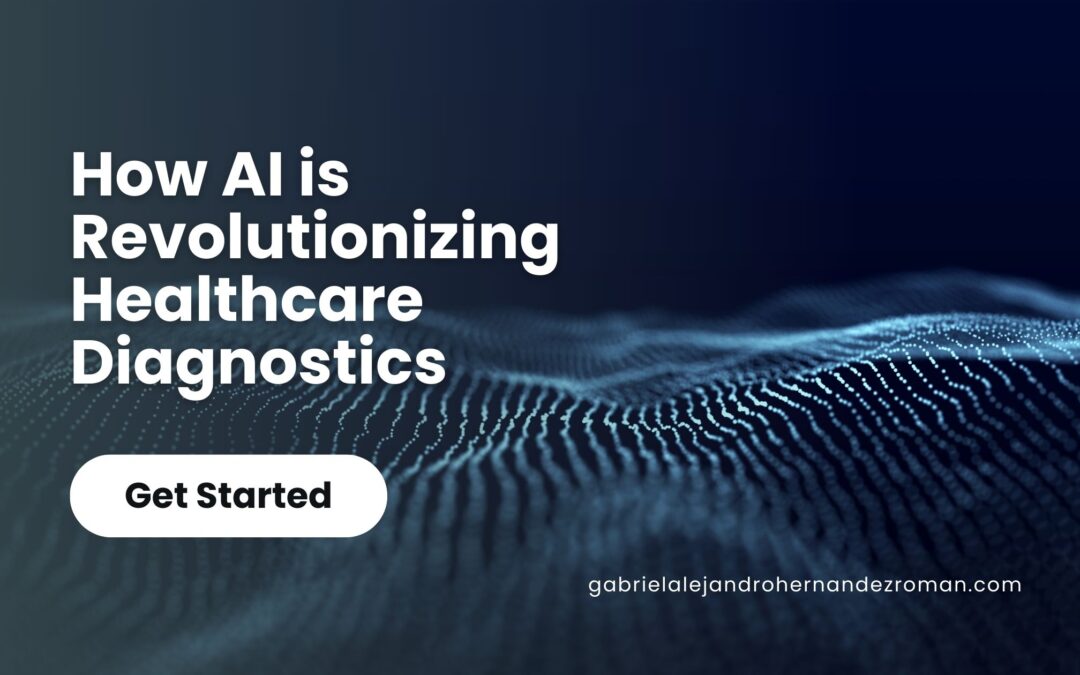Artificial intelligence (AI) is revolutionizing healthcare diagnostics by introducing advanced technologies that enhance accuracy, efficiency, and accessibility. AI-driven tools are transforming how medical professionals diagnose and treat various conditions, leading to more precise and timely interventions. Here’s how AI is reshaping the landscape of healthcare diagnostics.
One of the most significant ways AI is impacting diagnostics is through the analysis of medical images. Machine learning algorithms are trained to recognize patterns and anomalies in imaging data such as X-rays, MRIs, and CT scans. These AI systems can detect conditions like tumors, fractures, and neurological disorders with high precision, often outperforming human radiologists. For instance, AI algorithms can analyze thousands of images to identify early signs of diseases such as cancer, providing valuable support in diagnosing and staging illnesses at an earlier stage.
AI is also enhancing the accuracy of diagnostic testing through data integration and analysis. By analyzing large datasets of patient records, lab results, and genetic information, AI can identify correlations and trends that may not be apparent through traditional methods. This data-driven approach enables the development of more accurate diagnostic models and personalized treatment plans. For example, AI can help predict patient responses to specific treatments based on their genetic makeup, leading to more effective and tailored therapies.
In addition to improving diagnostic accuracy, AI is streamlining the diagnostic process and reducing turnaround times. AI-powered tools can automate routine tasks such as data entry, image processing, and report generation, allowing healthcare professionals to focus on more complex aspects of patient care. This efficiency not only accelerates the diagnostic process but also reduces the risk of human error, ensuring that patients receive timely and reliable diagnoses.
AI is also crucial in the management of chronic diseases and remote monitoring. Wearable devices and sensors equipped with AI algorithms can continuously monitor patients’ vital signs, such as heart rate and glucose levels, providing real-time data to healthcare providers. This continuous monitoring allows for early detection of abnormalities and timely interventions, improving disease management and preventing complications. For example, AI-driven glucose monitors can predict and alert patients to potential hypoglycemic events before they occur, enabling proactive management of diabetes.
Despite its potential, the integration of AI into healthcare diagnostics presents several challenges. Ensuring the quality and reliability of AI algorithms is paramount, as inaccuracies or biases in the data can lead to incorrect diagnoses. Rigorous validation and ongoing monitoring of AI systems are essential to maintain their effectiveness and safety. Additionally, addressing concerns related to data privacy and security is crucial as AI systems handle sensitive patient information.
Collaboration between AI developers, healthcare providers, and regulatory bodies is vital for advancing AI in diagnostics while ensuring ethical and clinical standards are met. By working together, stakeholders can develop robust AI solutions that enhance diagnostic capabilities, improve patient outcomes, and drive innovation in healthcare.
In conclusion, AI is revolutionizing healthcare diagnostics by enhancing accuracy, efficiency, and personalization. From advanced imaging analysis and data integration to remote monitoring and chronic disease management, AI-driven tools are transforming how diagnoses are made and managed. As AI continues to evolve, it holds the promise of further advancing diagnostic capabilities and improving patient care, making it a pivotal force in the future of healthcare.

